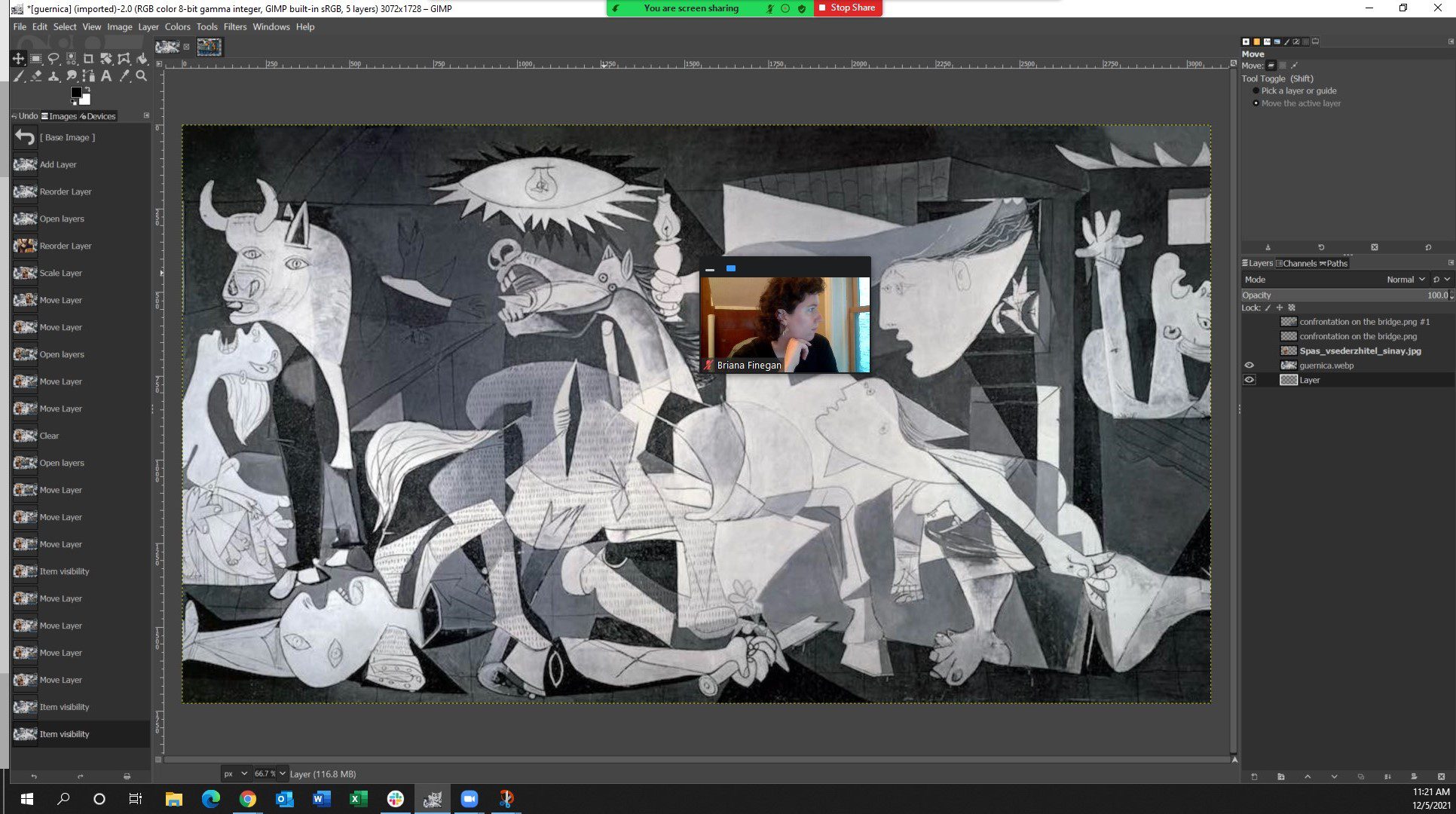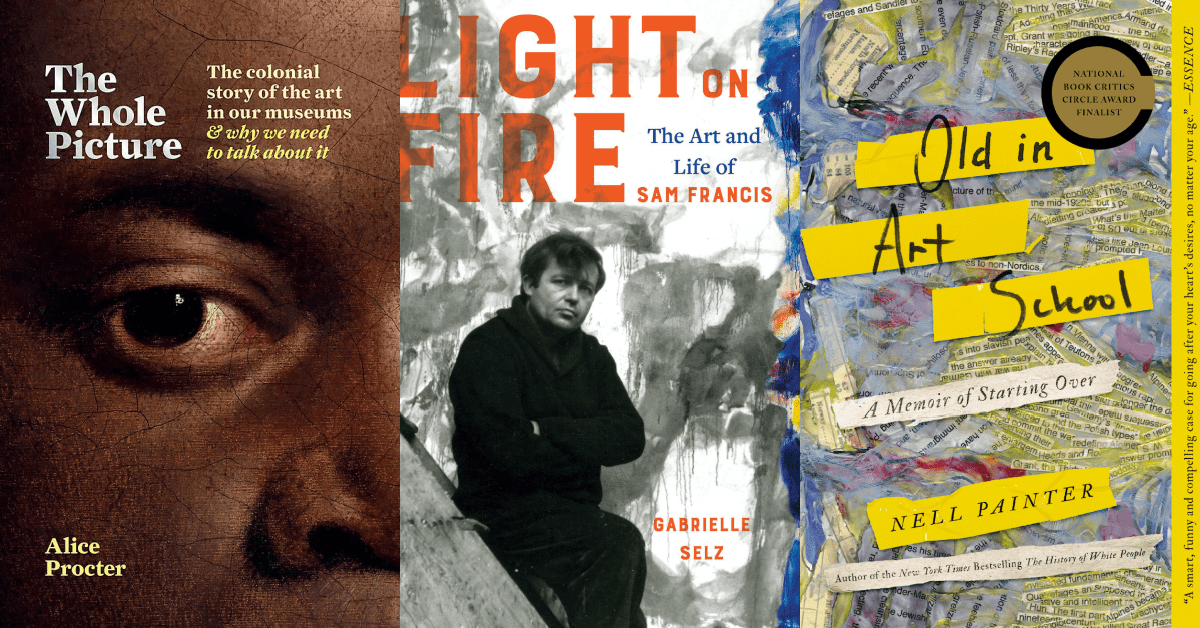In ninth grade we all took some kind of school district test that was supposed to provide career guidance based on your personal preferences. There were lots of questions — about classes, grades, interests, etc. — and at the end you would tabulate the results, consult your numbers against this big grid, and presto: instant professional planning!
But even in ninth grade we knew the the career grid was as dated as those false-color science books in the back of the library that speculated about how one day shall man walk on the moon, or the saturated super 8 Driver’s Ed films that had been transferred to VHS but still featured cadillacs with fins giving Dodge Darts “friendly toots” to “stay aware on the asphalt.” Our grid was a big chart of Traditional Jobs in Post-War America, a non-illustrated equivalent of a Richard Scarry book. Was David Witt really best suited to be a “deck hand” like the grid said? And I’m not sure many graduates of John Muir High School in the early 90s were really destined to go into farming, or air-conditioning repair.
Because I was good at math and liked drawing, I came up with architecture. Seemed sensible, I guess. And timeless. Better than deck hand, anyway. And so I took the grid’s advice all the way to 12th grade, and wound up in architecture school, where the grid’s oracular power was immediately shown to be fraudelent by the fact that I hated staying up all night trying to build models out of balsa wood for no apparent reason. Plus, even at seventeen my idea of architecture was basically still rooted in drawing maps in Dungeons and Dragons and so I couldn’t understand why the studio proctor wasn’t as interested as me in double-walled keeps and towers with parapets. You guys are missing out, I thought. I mean, Imagine how much you could spice up your commission with the the dramatic possibilities created by just one massive portcullis!
Not that I could have built my balsa-wood portcullis anyhow. I didn’t have the patience. Or maybe I did, but I was discouraged by my competition. It seemed that no matter how hard one tried in studio, there were a dozen super-slick Asian dudes who showed up with a dozen different flawless models, all of which were better than ours and looked like they had been created by lasers in space. They weren’t even products of all-nighters, like ours. They’d stroll in the next morning, groomed and calm, perfection in hand. The meticulous patience, attention to detail, and capacity for execution just couldn’t be competed with. One of our assignments was to model some basic geometric shapes for accuracy and me and my roommate figured no one would try a ball since that was just too hard, and I swear all those asian dudes had somehow milled solid, perfect spheres to a micrometer tolerance in their dorm rooms.
At some point, we moved from balsa wood to cardboard. New materials, new challenges, we were told. Look at how Gehry revolutionized furniture with his curvy cardboard!
I did like those chairs. That was probably the first thing that pulled me a few centuries forward from my prevailing medieval aesthetic. But cardboard is even messier and clumsier than balsa wood to work with for small-scale models. And yet, those Asian dudes could work wonders with it. They’d show up with incredible craftmanship, like so:
Now you’re talking! Yes, that’s made from cardboard. It isn’t something from my architecture studio, but rather something I found on the internet that reminded me of those days, and why I quit before the first semester ended. How did I get out of it? I told the professors that I had a strange pain in my left testicle and never came back. True story.




